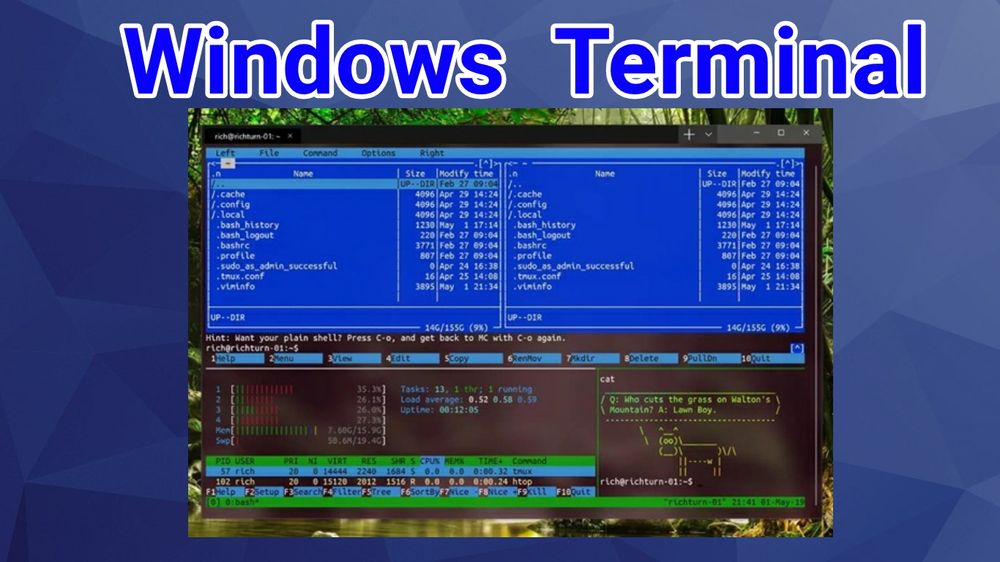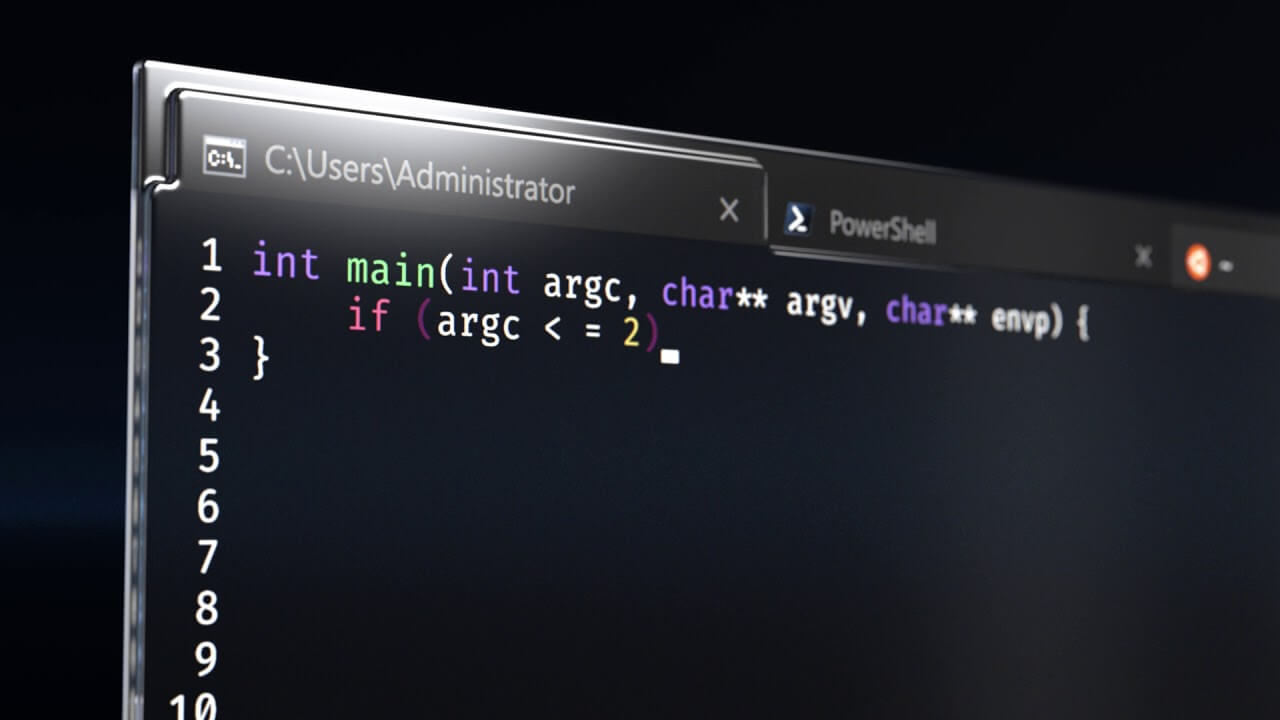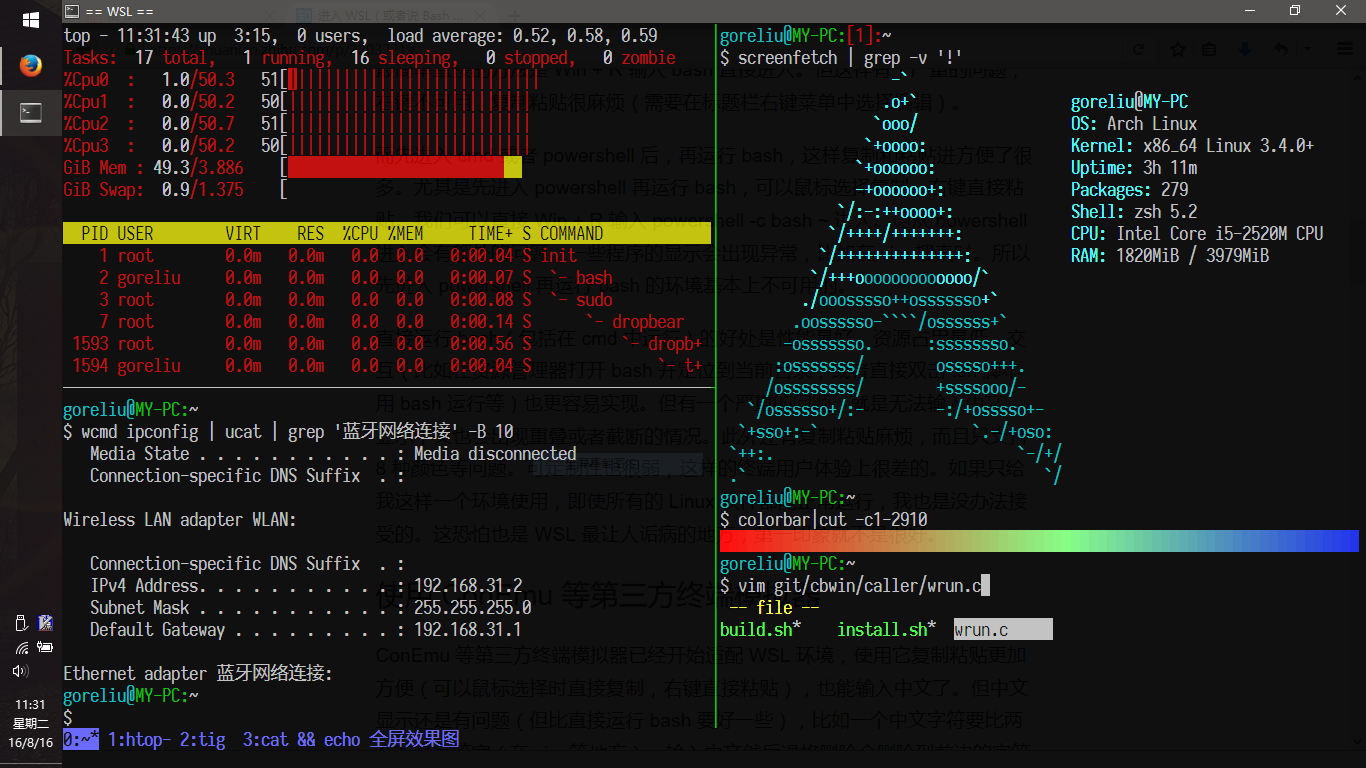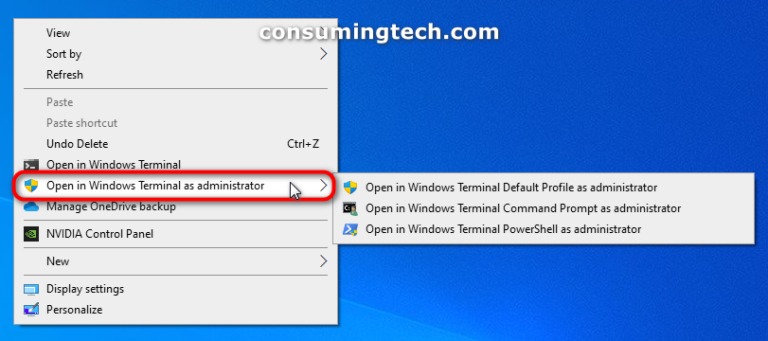


After you’ve mastered Windows Terminal, this book shows how to use and configure PowerShell Core and the Windows Subsystem for Linux within Windows Terminal. You’ll start by learning the benefits of Windows Terminal and its open-source development, as well as how to use the built-in tabs, panes, and key bindings to build your own efficient terminal workflows. It's fast, modern, and configurable thanks to its GPU-accelerated rendering, excellent UTF-8 support, and JSON-based configurability, and this book can help you learn how to leverage these features. We'd rather stick with the devil we know for now.Windows Terminal is a new and open-source command-line application for Windows 10, built for the Command Prompt, PowerShell, Windows Subsystem for Linux, and more. WinUI 3 is probably one of the higher Terminal v3 priorities, it's just not in the cards for v2. Making sure those hacks still work in WinUI 3 is what would take the majority of the time.

It's got a bunch of carefully constructed hacks in it to make sure the Terminal builds just right. The WinUI 3 project layout is far nicer and will probably be better in the long run, but right now the Terminal's. That's a month that we can't use on any of the other things that we've already committed to for Terminal v2. Moving to WinUI 3 would probably mean a whole month for a dev of just porting code and making sure nothing breaks. We've also got to balance the needs of our own engineering efforts.

So those features might be supported in the official first WinUI 3 release. Now, that was a while ago, and priorities might have changed since then. We fairly aggressively customize our own titlebar, and a lot of users really like acrylic and would be sad to see it go. Last I checked (and this was a while ago), it would still be a while before WinUI3 supported custom content in the titlebar, and host backdrop acrylic.


 0 kommentar(er)
0 kommentar(er)
